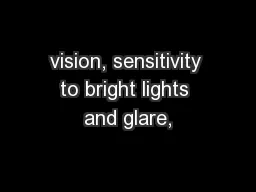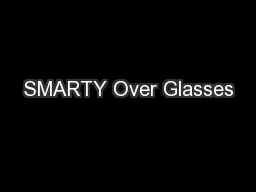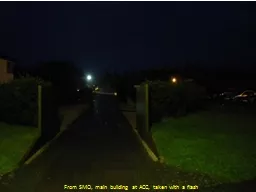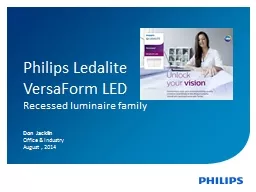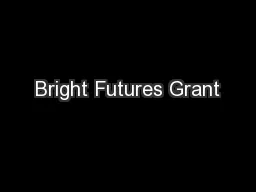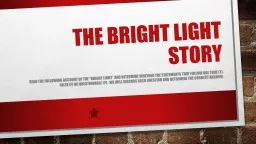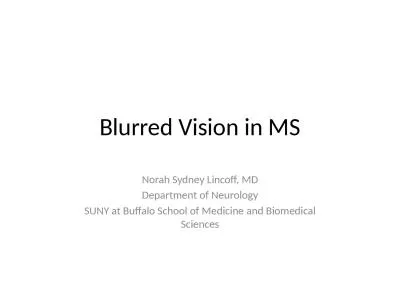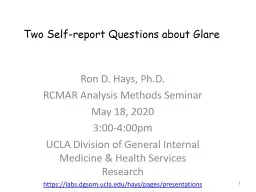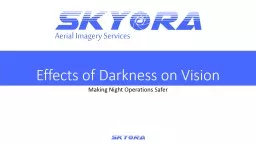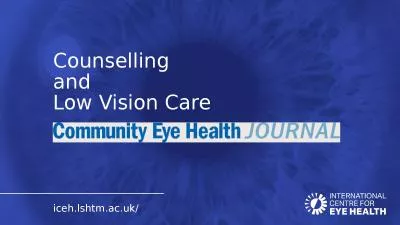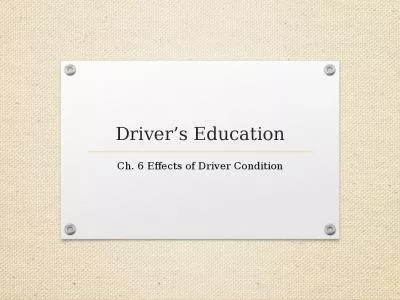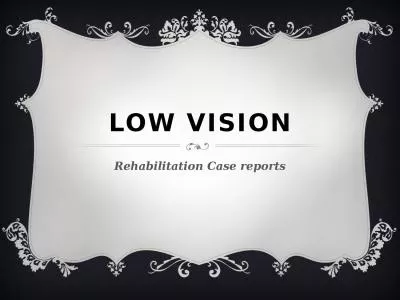PDF-vision, sensitivity to bright lights and glare,
Author : olivia-moreira | Published Date : 2016-12-11
AgeRelated Macular Degeneration or AMD is a degeneration of part of the retina AMD experience a progressive decrease andor distortion of vision in the central part
Presentation Embed Code
Download Presentation
Download Presentation The PPT/PDF document "vision, sensitivity to bright lights and..." is the property of its rightful owner. Permission is granted to download and print the materials on this website for personal, non-commercial use only, and to display it on your personal computer provided you do not modify the materials and that you retain all copyright notices contained in the materials. By downloading content from our website, you accept the terms of this agreement.
vision, sensitivity to bright lights and glare,: Transcript
Download Rules Of Document
"vision, sensitivity to bright lights and glare,"The content belongs to its owner. You may download and print it for personal use, without modification, and keep all copyright notices. By downloading, you agree to these terms.
Related Documents

